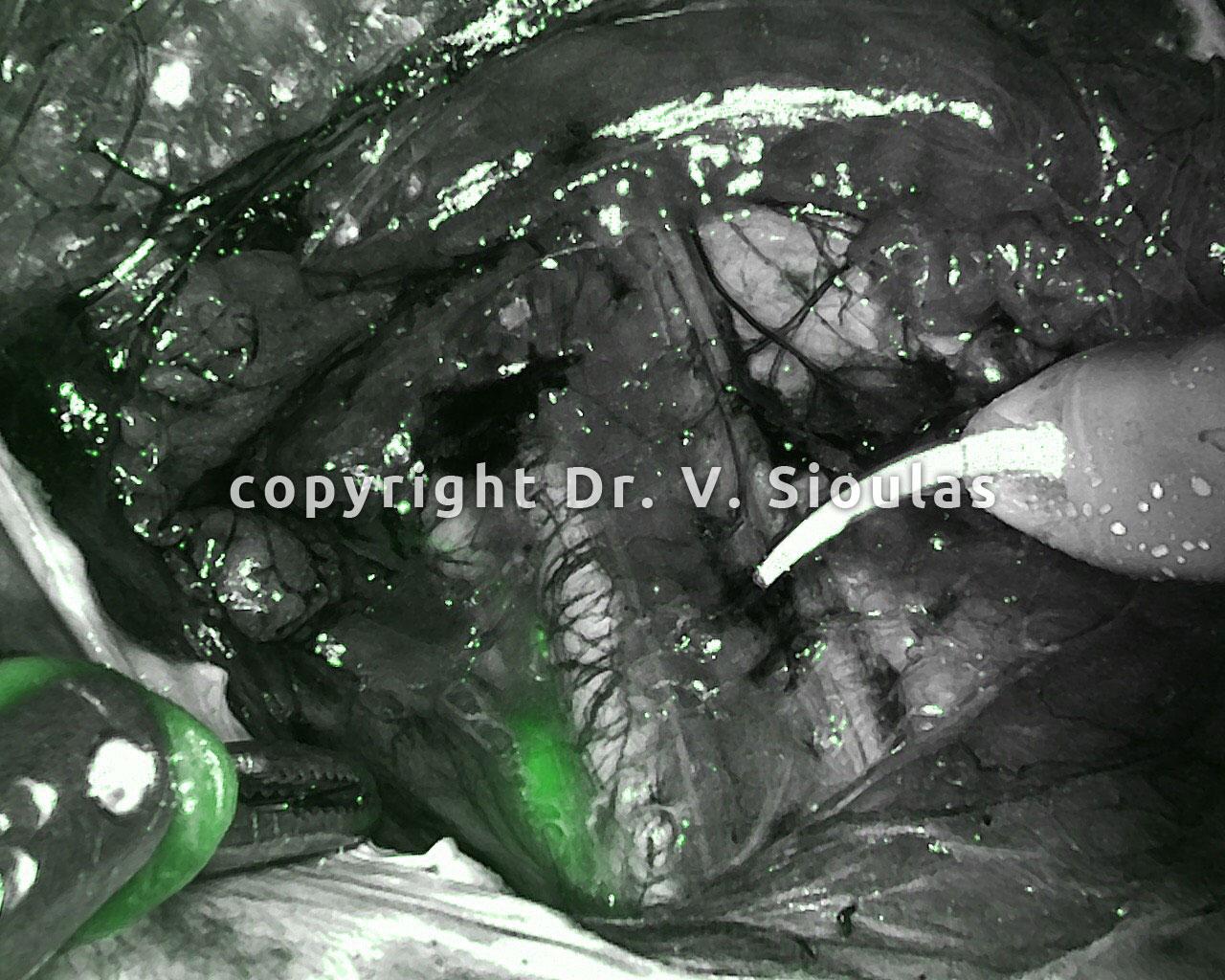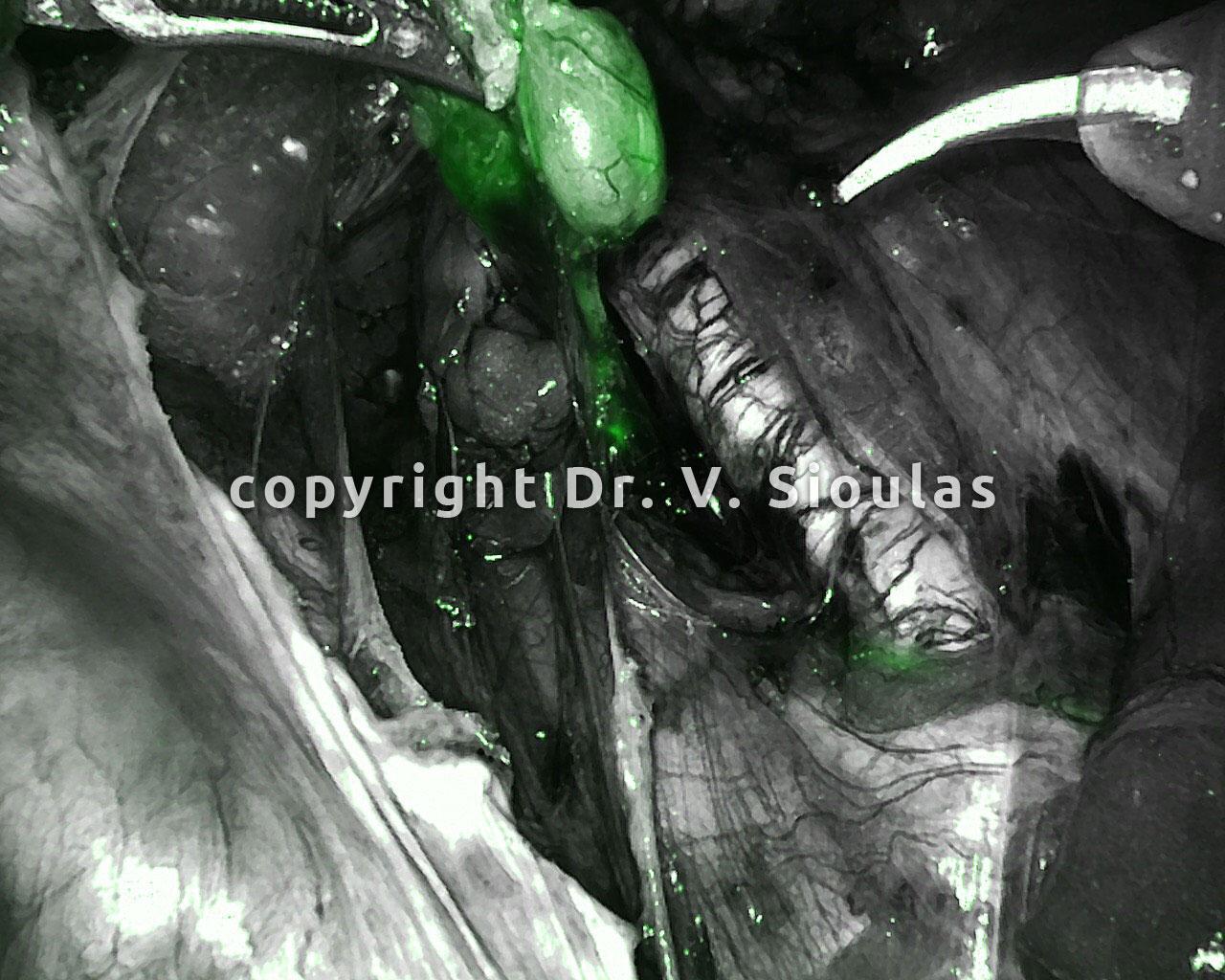What is the goal of surgical treatment in this disease?
Surgical treatment aims at staging the disease, meaning to define its extent. It is based on the complete removal of the uterus (total hysterectomy), the fallopian tubes and the ovaries. Despite the fact that the disease commonly affects the uterus (stage I), there are certain patients running the risk of lymph node metastasis. Unfortunately, preoperative imaging examinations (e.g., MRI) sometimes fail to show it. As a result, removing the lymph nodes during surgery in order to investigate potential metastasis is very often required.
How is lymph node metastasis examined at the largest oncology centres?
In the past, gynaecologic oncologists systematically removed pelvic and paraaortic lymph nodes in order to exclude metastasis. In this way, the risk of intraoperative and other complications, mainly lymphoedema, was increased. Moreover, modern bibliography proved that these surgeries were not associated with higher chances for survival. For the above reasons, patients whose disease is not very aggressive are now treated at the largest oncology centres in the USA using the sentinel node technique. Based on our experience in the worldwide-known Memorial Sloan Kettering Cancer Center in New York, this technique is now implemented in Greece, too, by our team.

What is the value of sentinel node?
The sentinel node technique is based on finding intraoperatively the first lymph node into which the tumour drains and therefore, it has the highest chance of being infected with lymph node metastasis. After being removed, the sentinel node is analysed in a special manner, so as to identify metastasis even in the form of individual cancer cells. The result is that more kinds of metastasis in the lymph nodes are diagnosed, despite the fact that a smaller number of them is removed. In other words, accuracy in the surgery is highly increased, while the complications of the disease are reduced.
How is the sentinel node identified during surgery?
Nowadays, indocyanine green dye (ICG) is used to identify the sentinel node in endometrial cancer. It is administered in certain parts of the cervix before the surgery starts and while the patient is under anaesthesia. However, given the fact that ICG dye is not visible to the human eye, the use of a special camera to identity it is required. This is mainly guaranteed by robotic surgery using the DaVinciXi system because of its incorporated Firefly camera.
What are the additional benefits of this kind of surgery for the patients?
Treating patients with endometrial cancer using the methods of minimally invasive surgery, such as robotic surgery, provides further assurance for:
- Much less blood loss
- Lower chance of infections in the surgical wound or incisional hernia
- Minimisation of postoperative pain
- Shorter recovery for the patients. It is typical that 24-hour hospitalization is very often required
- Better cosmetic outcome in the areas of incision












